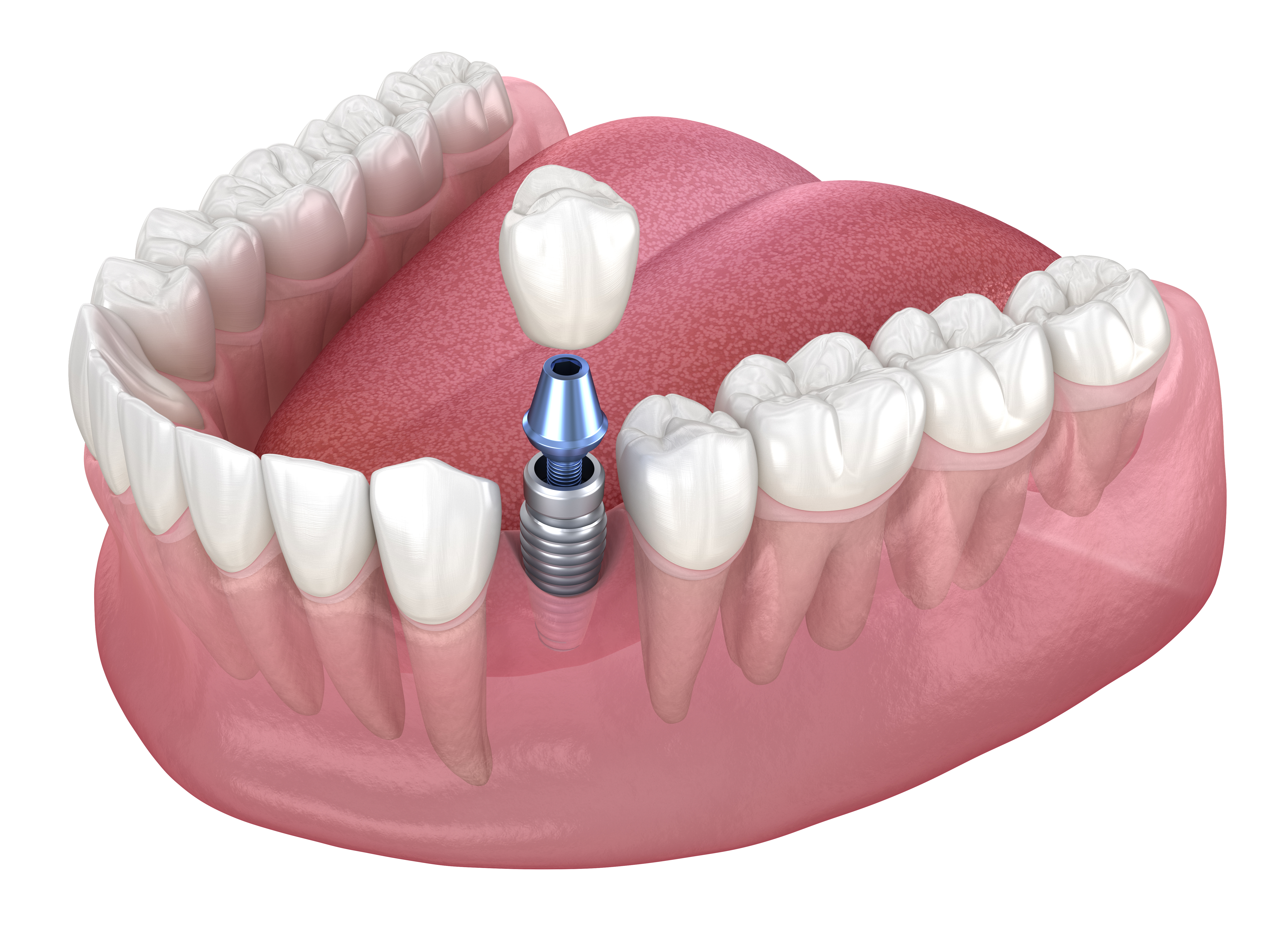General overview of treatment methods beyond dental implants in Japan
Dental care in Japan can include different treatment methods beyond implants, which are sometimes mentioned in discussions by international residents. Reviewing treatment types is often referenced as part of gaining a broader view of dental services.

Traditional Dentures: A Time-Tested Solution in Japan
Dentures remain one of the most widely used tooth replacement options in Japan. Complete dentures replace an entire arch of missing teeth, while partial dentures replace one or several teeth while being supported by the remaining natural teeth. Japanese dental clinics typically offer several grades of dentures, from basic insurance-covered options to premium versions with improved aesthetics and comfort.
Modern dentures in Japan have evolved significantly from earlier versions. Higher-end dentures feature improved materials that look more natural and fit more comfortably. Many Japanese dental technicians are known for their meticulous craftsmanship, creating dentures that closely mimic the appearance of natural teeth. However, dentures still require regular maintenance, including overnight removal, cleaning, and potential adjustments as the mouth naturally changes shape over time.
Dental Bridges: Filling the Gap in Japanese Dental Care
Dental bridges represent another popular alternative to implants in Japan. This treatment method involves creating a prosthetic tooth (or teeth) that is anchored to the adjacent natural teeth. The adjacent teeth are prepared by removing a portion of the enamel to accommodate crowns that will support the bridge.
Japanese dental practices typically offer several types of bridges, including traditional bridges, cantilever bridges, and Maryland bridges, each suited to different clinical situations. Bridges provided through Japan’s national health insurance typically use non-precious metals, while private options might include more aesthetic materials like zirconia or porcelain-fused-to-metal. A well-maintained bridge in Japan can last 10-15 years before needing replacement, making them a durable mid-range solution.
Partial Prosthetics and Removable Solutions
Beyond full dentures and fixed bridges, Japan offers several intermediate solutions that combine elements of both approaches. Removable partial dentures with precision attachments provide improved retention compared to traditional clasps, offering better aesthetics while maintaining the ability to remove the prosthesis for cleaning.
Another option gaining popularity in Japan is the overdenture, which can be supported by remaining natural teeth or, in some cases, mini-implants that require less invasive surgery than traditional implants. These solutions often represent a middle ground in terms of cost, functionality, and maintenance requirements. Japanese dental clinics may refer to these as “partial dentures with special attachments” or “combination prosthetics” in English-language materials.
Innovative Conservative Approaches in Japanese Dentistry
Japan’s dental profession places significant emphasis on preserving natural teeth whenever possible. Conservative approaches like inlays, onlays, and advanced bonding techniques can often save teeth that might otherwise require extraction and replacement. These methods typically use materials like composite resin, ceramic, or gold to restore damaged portions of teeth.
For front teeth with aesthetic concerns, Japanese dentists often recommend veneers as a less invasive alternative to crowns or implants. These thin porcelain shells are bonded to the front surface of teeth to improve appearance. While these approaches don’t replace missing teeth, they represent important preventive options that might help avoid the need for implants or other replacement options in the first place.
Financial Aspects of Dental Prosthetics in Japan
The cost of dental prosthetics in Japan varies significantly based on the type of treatment, materials used, and whether the procedure is covered by national health insurance. Understanding the fee structure can help patients make informed decisions about their dental care options.
| Treatment Option | Basic Cost (Insurance-covered) | Premium Option Cost (Private) | Durability |
|---|---|---|---|
| Complete Dentures | ¥8,000-12,000 per arch | ¥150,000-500,000 per arch | 5-7 years |
| Partial Dentures | ¥4,000-8,000 | ¥100,000-300,000 | 5-7 years |
| Dental Bridge | ¥6,000-10,000 per unit | ¥80,000-150,000 per unit | 10-15 years |
| Overdentures | Not typically covered | ¥200,000-400,000 | 7-10 years |
| Dental Implant (for comparison) | Not covered | ¥300,000-500,000 per tooth | 15+ years |
Prices, rates, or cost estimates mentioned in this article are based on the latest available information but may change over time. Independent research is advised before making financial decisions.
National health insurance in Japan covers basic versions of dentures and bridges, typically using functional but less aesthetic materials. Patients opting for more natural-looking or comfortable prosthetics will need to pay the difference out-of-pocket. Most dental clinics provide detailed estimates before beginning treatment, often including both insurance-covered and private options for comparison.
Weighing Treatment Options for International Residents
For international residents in Japan, navigating dental treatment options requires consideration of both immediate needs and long-term plans. Those planning to stay in Japan long-term might consider more permanent solutions, while shorter-term residents might opt for treatments that transfer well to dental systems in their home countries.
Language barriers can sometimes complicate dental care decisions, so many international residents seek out English-speaking dental clinics in major cities. These clinics often have experience explaining the various prosthetic options available and can help patients understand how Japanese dental approaches might differ from those in their home countries. Additionally, some international residents combine dental treatment with visits to their home countries, particularly for major procedures not covered by Japanese insurance.
Ultimately, the best alternative to dental implants depends on individual oral health conditions, lifestyle factors, budget constraints, and personal preferences. Consulting with dental professionals who can assess specific needs remains the most reliable way to determine the optimal treatment approach.
This article is for informational purposes only and should not be considered medical advice. Please consult a qualified healthcare professional for personalized guidance and treatment.




